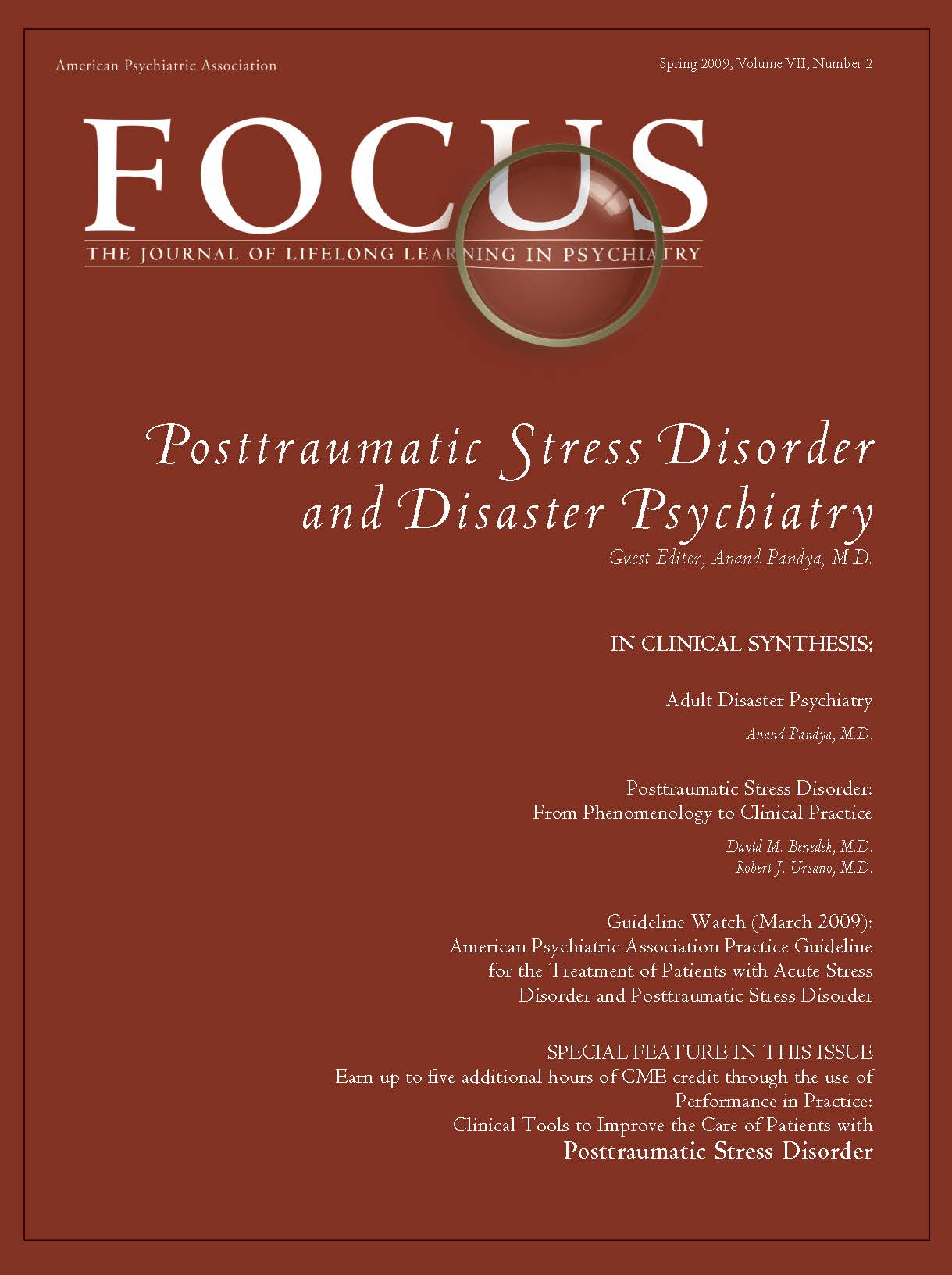Emotion Circuits in the Brain
Abstract
The field of neuroscience has, after a long period of looking the other way, again embraced emotion as an important research area. Much of the progress has come from studies of fear, and especially fear conditioning. This work has pin-pointed the amygdala as an important component of the system involved in the acquisition, storage, and expression of fear memory and has elucidated in detail how stimuli enter, travel through, and exit the amygdala. Some progress has also been made in understanding the cellular and molecular mechanisms that underlie fear conditioning, and recent studies have also shown that the findings from experimental animals apply to the human brain. It is important to remember why this work on emotion succeeded where past efforts failed. It focused on a psychologically well-defined aspect of emotion, avoided vague and poorly defined concepts such as “affect,” “hedonic tone,” or “emotional feelings,” and used a simple and straightforward experimental approach. With so much research being done in this area today, it is important that the mistakes of the past not be made again. It is also time to expand from this foundation into broader aspects of mind and behavior.
(Reprinted with permission from Annual Review of Neuroscience; 2000. 23:155–184. Available online at http://arjournals.annualreviews.org/doi/abs/10.1146/annurev.neuro.23.1.155 )



